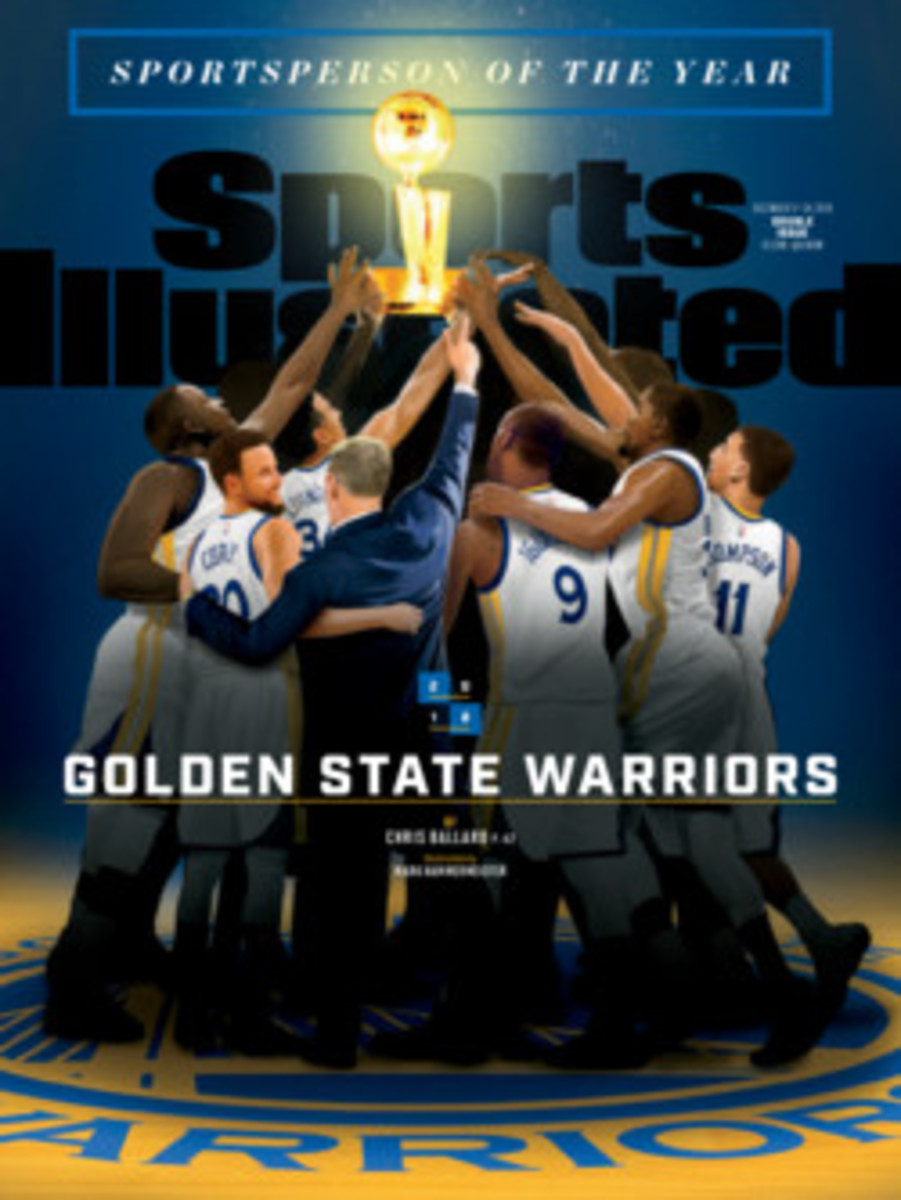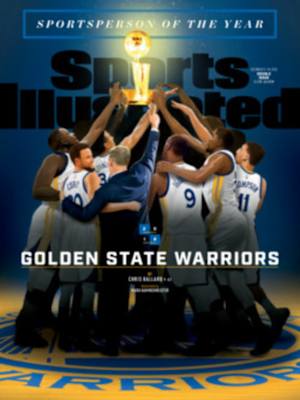
PRESENCE OF MIND
THE SOCCER player and the gymnast went to the same college, donned the same orange-and-black Oregon State gear. Both were young and strong and healthy, and that's what the world saw of them. But neither knew the burden the other carried.
The soccer player, Nathan Braaten, is from Highlands Ranch, Colo. A midfielder on the men's team, he chose OSU because the school's campus, in rural Corvallis, reminded him of his hometown. He's a senior now, studying finance and minoring in economics. He interned last summer at Nike and even started his own painting company.
But during his freshman year his mom called with news that a friend from home had died of a drug overdose. Braaten broke down in the middle of doing homework. He had nightmares for months. "I didn't want to admit what happened, so I didn't go back for the funeral," he says. "I didn't want to think about it.... I struggled with my mental health for a long time after that."
The gymnast can sympathize. Her name is Taylor Ricci, and she grew up in the north end of Vancouver in a single-parent household. The first person in her family to attend college, she served on student-athlete advisory committees for OSU and the Pac-12 and won the conference's Leadership Award last year. She graduated last spring with a degree in exercise and sports science, with a minor in chemistry. She wants to work in sports medicine.
But in her freshman year Ricci grew five inches in 10 months, and the added height meant she had to relearn all of her routines. And then last year, after noticing a "giant bald spot" on the back of her head, she was diagnosed with alopecia areata, an autoimmune disease that causes hair loss. The dermatologist said he didn't know if her hair would grow back. "We're right before the beginning of the season," she says. "You're judged on absolutely everything. I felt so vulnerable. I didn't want anyone to know.... I struggled with my mental health for a long time after that."
They weren't alone, the soccer player and the gymnast, but they didn't know that at the time. Then both had teammates who died of suicide in the span of 12 months.
The soccer player lost his friend John Chambers in July 2016. They had worked all day, painting houses in oppressive heat, then gone out for drinks. They talked that night about taking a ski trip that winter, like the time they had driven all night to San Diego for a beach soccer tournament.
The next day Braaten and Chambers's roommates found him in a bedroom, unconscious. Barely breathing, Chambers was rushed to the hospital and died a few days later. "I really, really struggled with mental health for a year," Braaten says. "I'm still, even now, dealing with stuff I don't want to think about. It's affected everything that I've done since."
The gymnast sent a text message to one of Braaten's teammates. i'm sorry, she wrote. In July 2017 her coach sent her a message: call me. Ricci learned that one of her former teammates had killed herself the night before. The teammate had left the team and struggled with depression. Ricci had seen warning signs. "I was at the memorial just crumbling," she says. She turned to her coach and said, "I should have done more. I could have done more."
"I'll believe that for the rest of my life," the gymnast says.
That's how the soccer player and the gymnast came to know each other and to know each other's pain. On a sunny afternoon in October 2017 they met at the Coffee Culture shop near campus. They had planned to talk for 10 minutes; they ended up staying for five hours.
They discussed the demands put on college athletes—the days that start before sunrise, then the training and the classes and the practice and the weights and the study hall and then, if they're lucky, sleep. They noted a recent survey done by Psychology Today that found 6.3% of student athletes met the criteria for "significant" depression. They contrasted their responsibilities with the resources available to them. "Pretty limited," Braaten says.
So they decided to do something about it. They created an organization focused on mental health and named it #DamWorthIt. In a 12-page manifesto they established a mission statement—to use the platform of sport to end mental health stigmas—and identified three pillars: education, resources and awareness/comfort.
With the support of the athletic department, they made documentaries, telling their stories, discussing their struggles. They helped develop and administer an anonymous intake survey for all athletes at Oregon State and built "educational modules" based on the data that came back. And they raised awareness of their program by handing out black bracelets stamped with orange writing—#DAMWORTHIT and MENTAL HEALTH, END THE STIGMA—at home games. They've distributed 5,000 bands.
The program launched in January, the same week that Washington State quarterback Tyler Hilinski (SI, July 2--9) died by suicide. The work the gymnast and the soccer player were doing took on even more importance, drawing national media attention and supporters at Pac-12 headquarters. The conference approved them for a $60,000 Student-Athlete Health & Well-Being grant, the first awarded to a student-run application.
The soccer player and the gymnast plan to conduct seminars at every Pac-12 school this year, showing college athletes the resources that are available to them. Just as players who need academic help see tutors and those who tear ligaments visit doctors, those in psychological distress should have mental health assistance available, they believe. The soccer player and the gymnast are particularly bullish on peer-to-peer coaching.
"I've heard people say they're going to 'go see my homeboy at counseling,'" the gymnast says.
"Before, there was this idea of masculinity," the soccer player says. "But I talk to my teammates about mental health all the time."
"I went to get sushi, and the waiter was wearing one of our wristbands," the gymnast says. "He was like, End the stigma. And I was like, Yes!"
EXTRA MUSTARD
Duper Bowl
If you're having trouble keeping track of all 39 bowl games, we can't blame you. The Rose and Sugar might be iconic, but most bowl names are a Mad Lib of sponsor, locale and food. Can you tell which of these games are real?
VS.
VS.
VS.
VS.
VS.
VS.
VS.
REAL GAMES: Cheribundi Boca Raton Bowl; Bad Boy Mowers Gasparilla Bowl; SERVPRO First Responder Bowl; Cheez-It Bowl; Famous Idaho Potato Bowl; Redbox Bowl; Makers Wanted Bahamas Bowl
NEWSMAKERS
P.30
GAMEPLAN
P.32
A LIFE REMEMBERED
P.36
SI EATS
P.38
FACES IN THE CROWD
P.40

